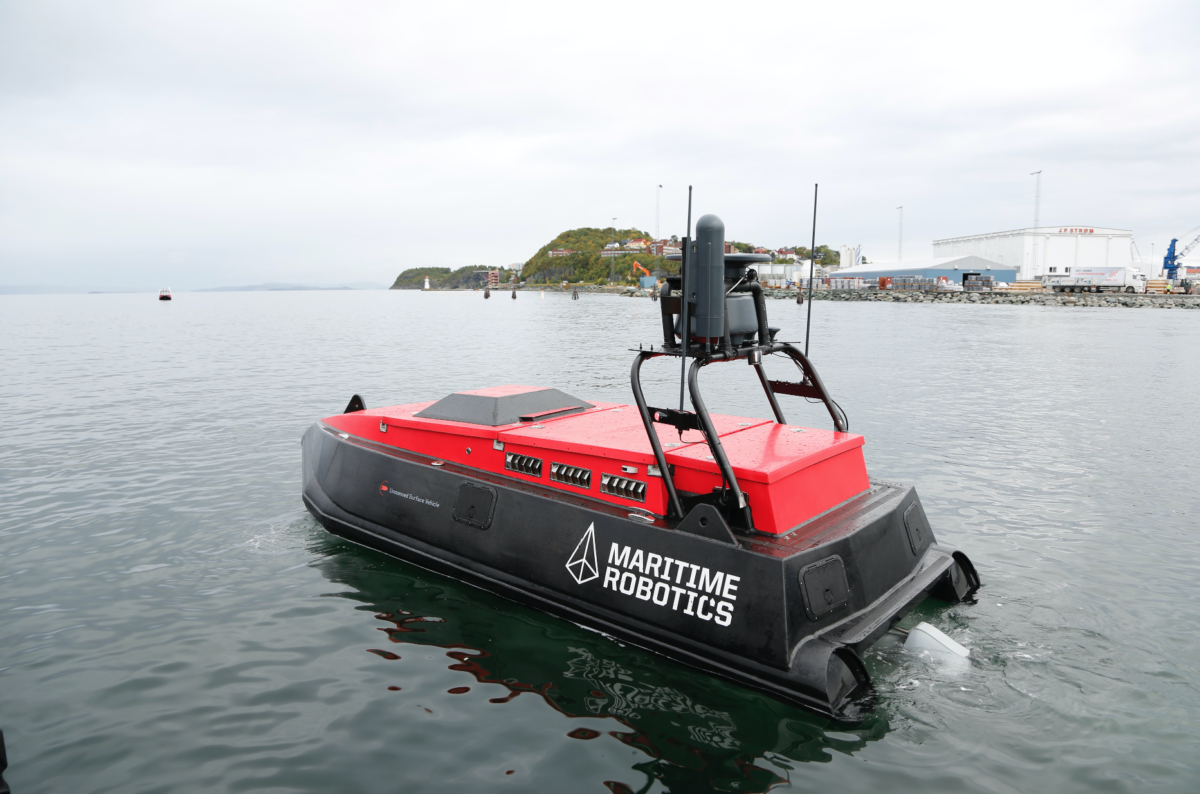
As accidents involving dangerous goods continue to occur with regularity at sea, the UK P&I Club has published a comprehensive guide running to more than 100 pages to support operators who pack dangerous goods into cargo units for onward transportation by sea.
As part of the new guide, UK P&I Club makes the following points and advice:
– Improper packing practices and loads not properly secured increase the number of accidents across the supply chain and have as a result caused damages, loss and injuries, both on land and at sea.
– There is a lack of guidance regarding personnel working in the cargo handling industry. That is where the Code of Practice for Packing of Cargo Transport Units (CTU) becomes relevant. The CTU provides information regarding packing cargo in containers, in order to comply with the requirements of sea and land transport.
– Classification of dangerous goods: The first key task for an operator is to make sure that the dangerous goods on board have the correct UN classification.
– Selection of Continue reading “UK P&I Club releases a detailed guidance report on packing dangerous goods for carriage by sea”










